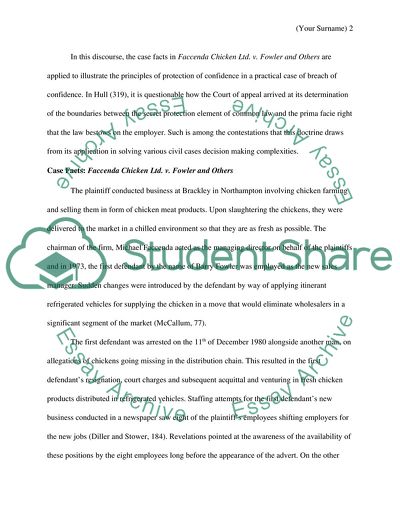Cite this document
(Breach of Confidence Case Study Example | Topics and Well Written Essays - 1750 words, n.d.)
Breach of Confidence Case Study Example | Topics and Well Written Essays - 1750 words. https://studentshare.org/law/1754720-ip-law-breach-of-confidence
Breach of Confidence Case Study Example | Topics and Well Written Essays - 1750 words. https://studentshare.org/law/1754720-ip-law-breach-of-confidence
(Breach of Confidence Case Study Example | Topics and Well Written Essays - 1750 Words)
Breach of Confidence Case Study Example | Topics and Well Written Essays - 1750 Words. https://studentshare.org/law/1754720-ip-law-breach-of-confidence.
Breach of Confidence Case Study Example | Topics and Well Written Essays - 1750 Words. https://studentshare.org/law/1754720-ip-law-breach-of-confidence.
“Breach of Confidence Case Study Example | Topics and Well Written Essays - 1750 Words”. https://studentshare.org/law/1754720-ip-law-breach-of-confidence.


